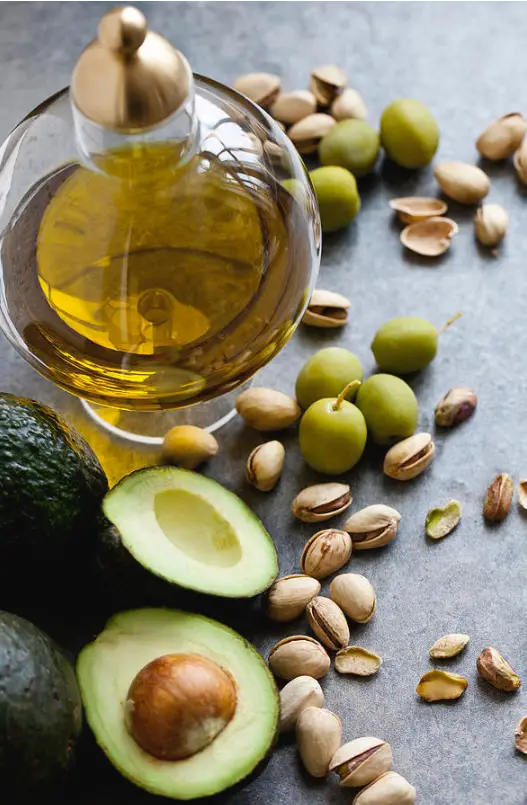Glucagon-like peptide-1 (GLP-1) is a hormone that plays a key role in blood sugar regulation1. It stimulates the release of insulin, reduces the release of glucagon (a hormone that raises blood sugar), and slows down digestion1. This promotes a feeling of fullness and may help with weight management1. Certain foods can naturally increase GLP-1 levels. Here are some of them:
1. Eggs
Eggs, particularly egg whites, are a rich source of protein and monounsaturated fats, which can play a role in GLP-1 secretion. A study found that a meal containing eggs was associated with lower post-meal blood glucose levels, reduced feelings of hunger, and decreased food intake over the next 24 hours.
2. Nuts
Almonds, pistachios, and peanuts may increase GLP-1 levels through their protein, fiber, and healthy fat content. The fiber in these nuts slows digestion, leading to a gradual release of glucose into the bloodstream and a corresponding increase in GLP-1 secretion.
3. High Fiber Grains
High fiber grains like oats, barley, and whole wheat may increase GLP-1 in a few ways. Their soluble fiber slows down digestion, leading to a gradual release of glucose into the bloodstream, which triggers the release of GLP-1. Plus, when fiber is fermented by gut bacteria, it produces short-chain fatty acids (SCFAs) that can stimulate GLP-1 release.
4. Avocado
Avocados may increase GLP-1 levels through their high content of fiber and monounsaturated fats. One study found that, compared with consuming a control meal, eating a whole avocado with a meal increased levels of GLP-1.
5. Olive Oil
Studies suggest that unsaturated fats, like those in olive oil, are better at stimulating GLP-1 release than saturated fats like butter.
In conclusion, a balanced diet that includes eggs, nuts, high fiber grains, avocados, and olive oil can help increase GLP-1 levels naturally. Always consult with your healthcare provider or a



